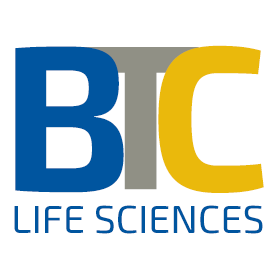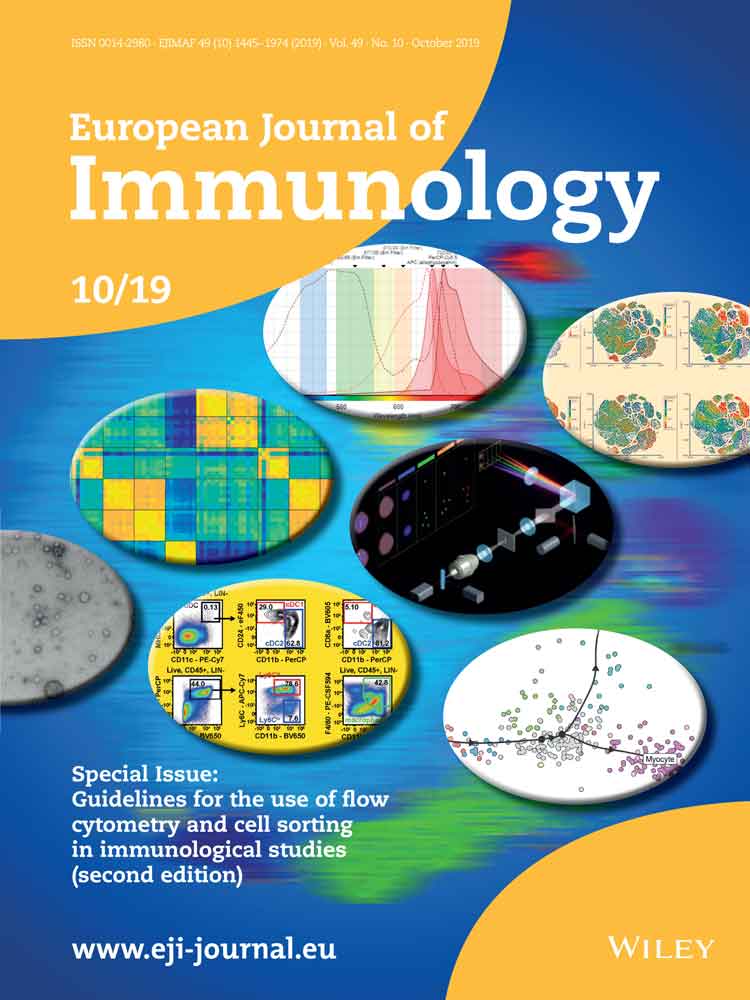Breakthrough in brown fat research
Researchers from Denmark and Germany have found brown fat’s “off-switch”
Researchers from the University of Southern Denmark, the Novo Nordisk Center for Adipocyte Signaling (SDU), the University of Bonn and the University Hospital Bonn (UKB) have found a protein that is responsible for turning off brown fat activity. This new discovery could lead to a promising strategy for safely activating brown fat and tackling obesity and related health problems. The results of the study have now been published in the journal „Nature Metabolism“.
Brown fat, also known as brown adipose tissue (BAT), is a type of fat in our bodies that’s different from the white fat around our belly and thighs that we are more familiar with. Brown fat has a special job—it helps to burn calories from the foods that we eat into heat, which can be helpful, especially when we’re exposed to cold temperatures like during winter swimming or cryotherapy. For a long time, scientists thought that only small animals like mice and newborns had brown fat. But new research shows that a certain number of adults maintain their brown fat throughout life. Because brown fat is so good at burning calories, scientists are trying to find ways to activate it safely using drugs that boost its heat-producing abilities.
A new study from the research groups of Prof. Jan-Wilhelm Kornfeld from the University of Southern Denmark and the Novo Nordisk Center for Adipocyte Signaling and Dagmar Wachten from the University Hospital Bonn and the University of Bonn (Germany) has found that brown fat has a previously unknown built-in mechanism that switches it off shortly after being activated. This limits its effectiveness as treatment against obesity. According to first author of the study, Hande Topel, who is a Senior Postdoc at the University of Southern Denmark and the Novo Nordisk Center for Adipocyte Signaling (Adiposign), the team has now discovered a protein responsible for this switching-off process. It is called ‘AC3-AT’. […]
Participating Core Facilities: The authors acknowledge the support from the Microscopy Core Facility.
Participating institutions and funding:
Max Planck Institute for Metabolism Research, Cologne, Germany
Department for Biochemistry and Molecular Biology, University of Southern Denmark, Odense, Denmark
Novo Nordisk Foundation Center for Adipocyte Signaling (Adiposign), University of Southern Denmark, Odense, Denmark
Institute of Innate Immunity, Medical Faculty, University of Bonn, Bonn, Germany
Department of Molecular Biosciences, The Wenner-Gren Institute, Stockholm University, Stockholm, Sweden
Institute for Cardiovascular Prevention (IPEK), Ludwig-Maximilians-University, Munich, Germany
Centre for Physical Activity Research, Department of Infectious Diseases, Rigshospitalet, Faculty of Health Sciences, University of Copenhagen, Copenhagen, Denmark
Department of Adipocyte Development and Nutrition, German Institute of Human Nutrition Potsdam-Rehbrücke, Nuthetal, Germany
Institute of Human Genetics, University Medical Center Hamburg-Eppendorf, Hamburg, Germany
Institute of Pharmacology and Toxicology, University Hospital, University of Bonn, Bonn, Germany
Institute of Biomedicine and Biotechnology of Cantabria (IBBTEC), CSIC/University of Cantabria, Santander, Spain
Novo Nordisk Foundation Center for Basic Metabolic Research (CBMR), Copenhagen, Denmark
German Center for Diabetes Research (DZD), München-Neuherberg, Germany
Institute for Diabetes and Cancer (IDC), Helmholtz Center Munich, German Research Center for Environmental Health, Neuherberg, Germany
German Center for Cardiovascular Research (DZHK), Partner Site Munich Heart Alliance, Munich, Germany
Department of Molecular Metabolism and Sabri Ülker Center for Metabolic Research, Harvard T.H. Chan School of Public Health, Boston, MA, USA
This study was conducted in the context of the DFG Collaborative Research Center Transregio-SFB 333 “Brown and Beige Fat – Organ Interactions, Signaling Pathways and Energy Balance (BATenergy)”, and the Novo Nordisk Foundation Center for Adipocyte Signaling (Adiposign) at SDU.
Publication: S. Khani et al: Cold-induced expression of a truncated Adenylyl Cyclase 3 acts as rheostat to brown fat function; Nature Metabolism; DOI: 10.1038/s42255-024-01033-8







